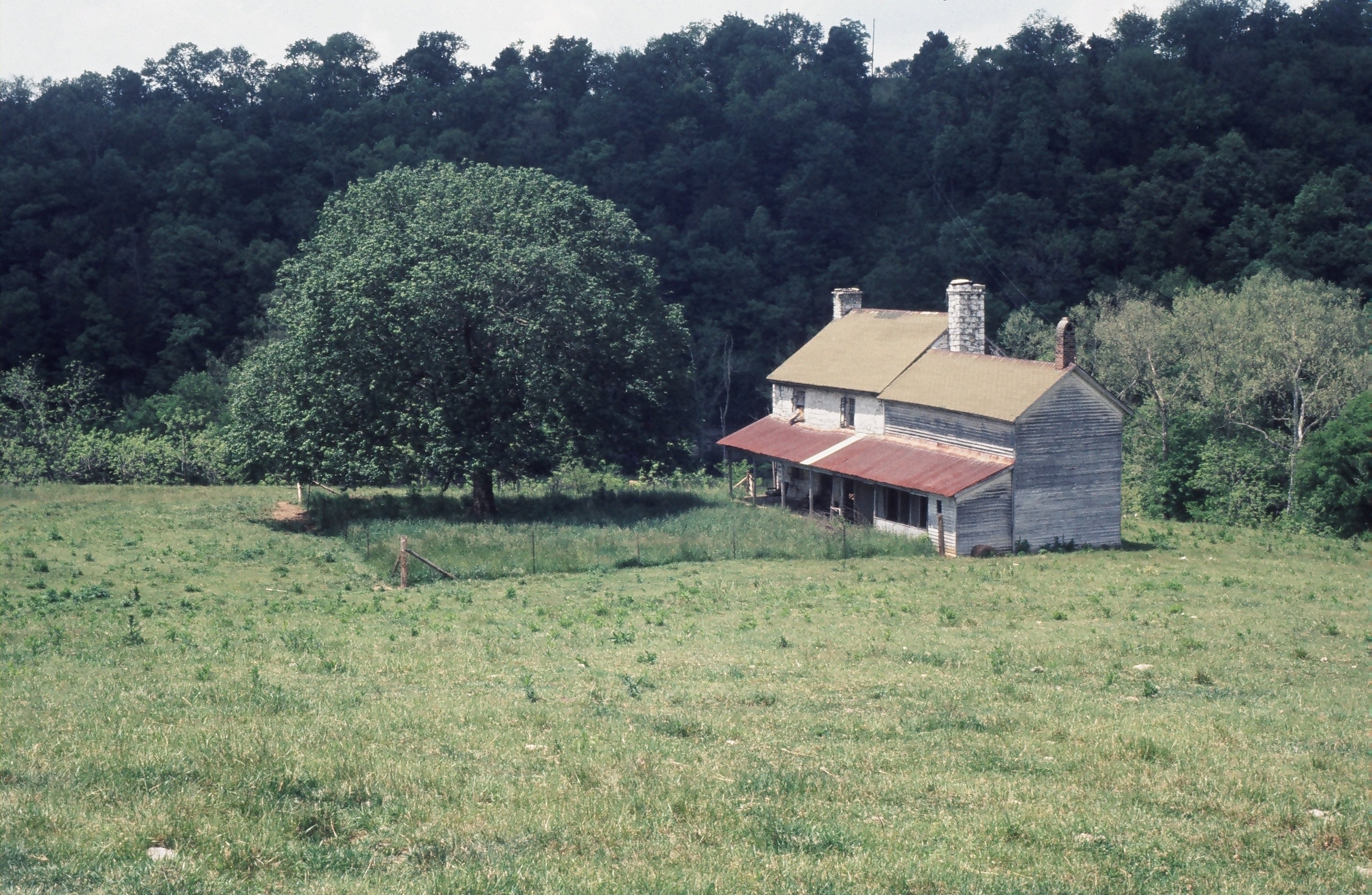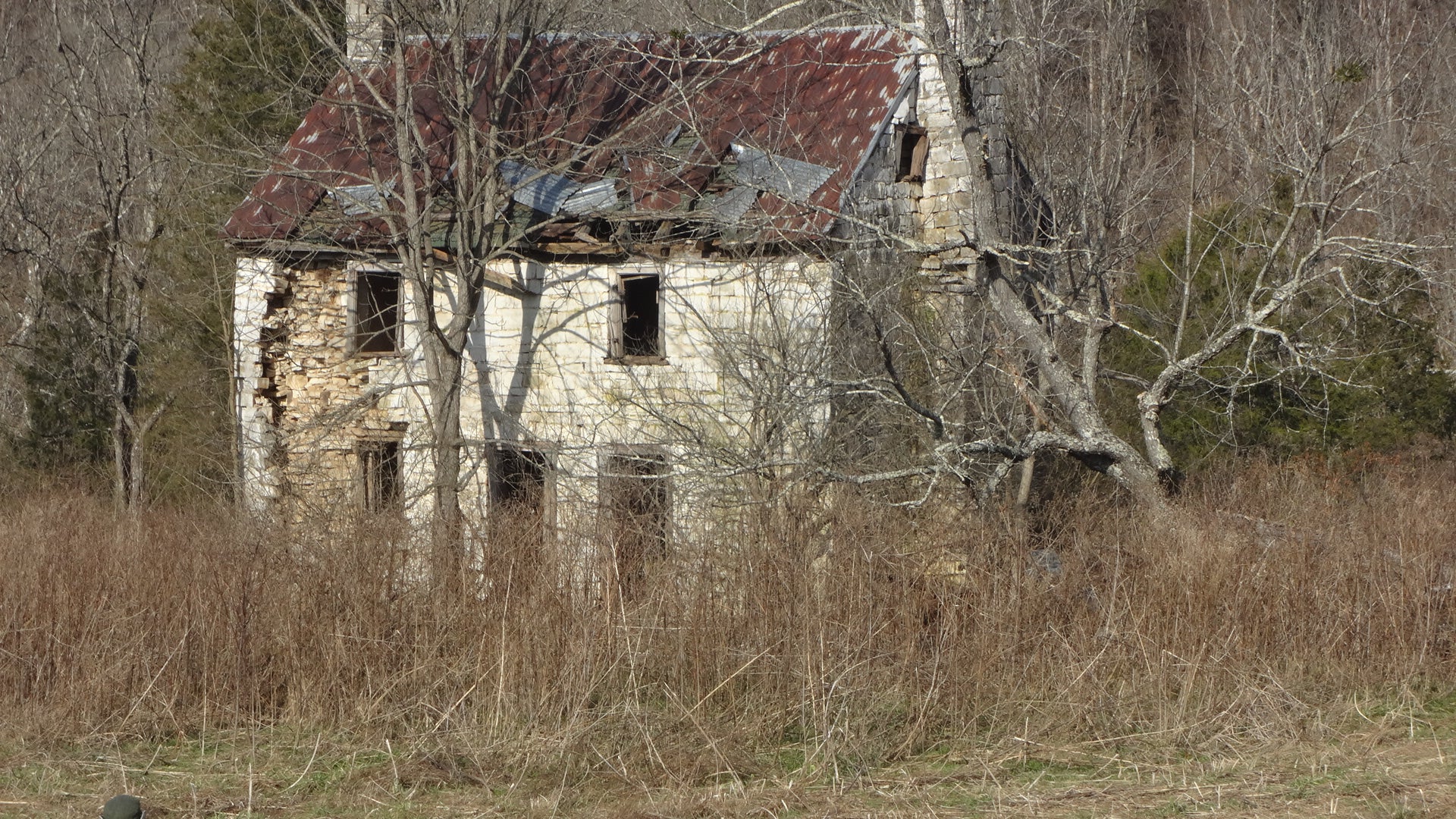Enoch: Hannah H. Hinde
Published 12:00 pm Saturday, March 25, 2023
|
Getting your Trinity Audio player ready...
|
By Harry Enoch
Contributing Writer
There are many Kentucky women whose courage, spirit and accomplishments must be documented and preserved. Hannah Hubbard Hinde Kavanaugh Taylor Martin is undoubtedly one of those. Hannah, the daughter of a wealthy British-born physician, is one of the most intriguing characters of early Clark County. She married, and buried, three husbands and bore ten children, one a well-known miller, another a bishop in the Methodist Episcopal Church.
Hannah Hubbard Hinde (1777-1852) was born in Hanover County, VA, one of seven children of Thomas Hinde and Mary Hubbard. Her father had been a surgeon in the Royal Navy and the personal physician of Patrick Henry. Hannah was 20 years old when her parents came to Kentucky and settled in Clark County. There they lived on the north side of Colby Road, near the junction of Basin Springs Road.
In 1798 she married a traveling Methodist preacher, Williams Kavanaugh. Williams gave up his itinerancy, settled near the Hindes and became one of the founding members of Ebenezer Church. Over the next few years, Williams and Hannah moved around as he took church postings at Lexington, Louisville, Shelbyville and Henderson. At the latter place, Williams died in 1806, leaving Hannah a widow with six small children. She returned to Clark County to the home of her brother, John W. Hinde.
After remaining a widow for six years, Hannah married William Taylor, a native of Ireland who trained as a fuller or cloth dresser. William purchased a gristmill on Lower Howard’s Creek and added a wool-fulling mill. He built a grand two-story stone house overlooking the creek. The house still stands (though just barely at present) near the confluence with West Fork. When fire destroyed William’s gristmill, he accused his neighbor, Orson Martin, of arson. Martin sued for slander; the case was settled out of court. William passed away in 1814.
Hannah was alone again and now had two more sons to raise. She applied to the court and received guardianship of all eight children. It was nearly unprecedented for a widowed mother to be appointed guardian of her own children, the courts being unanimous of the opinion that only propertied adult males should be made responsible for orphans. They made an exception for the strong-willed Hannah, who probably was supported in her request by well-to-do friends. She then took the practical step of apprenticing her two eldest sonsHubbard and Benjamin Kavanaughto learn the printing trade from Rev. John Lyle.
Hannah was appointed administrator of her husband’s estate, another distinction rarely allowed women of her day. For her dower interest, Hannah received 50 acres of land, including the mansion house and fulling mill. She resided there for five years before marrying her near neighbor, Valentine Martin. He was the son of John Martin and a brother of Orson. John and Orson were both blacksmiths who had gotten involved in milling. Hannah’s son, Edmund Taylor, eventually became the proprietor of a large flour mill. It was located at the junction of Lower Howard’s Creek and West Fork and operated until about the end of the century. Although Hannah was 42 years old when she married Valentine, they had two daughters together, Ann and Martha.
Hannah died at the home of Martha and her husband, John Stevens, in Madison County. Her obituary in a Methodist newspaper, the Christian Advocate, noted that four of her children were preachers. One was the prominent Methodist bishop, Hubbard H. Kavanaugh. Hubbard’s biographer provided valuable information about Hannah and her family.
Hannah Martin was buried in a family graveyard on a hill overlooking Lower Howard’s Creek, almost a mile north of Hall’s Restaurant. Over her grave is a box-shaped monument with an engraved slab: “Mrs. H. H. Martin, Daughter of Dr. T. Hinde.” Hannah’s monument is in excellent shape. An epithet to her memory is still plainly legible:
“In the life of the deceased, we have an example of Fortitude, Patience, Benevolance, Fidelity & unwavering Faith in God, a love of his people, and a hope that knew no dout of a blisfull Immortality.”
The box grave beside Hannah’s could be her husband Valentine who died in 1858, but the slab and inscription are gone. This rural cemetery is in decline, as are many others in the county. The stone wall surrounding it has been removed, possibly for use elsewhere on the farm, and cattle graze among the gravestones.







